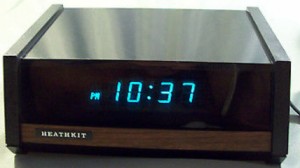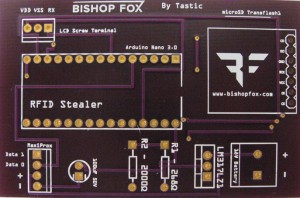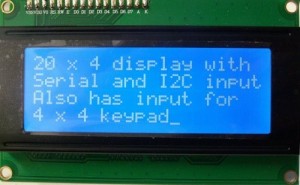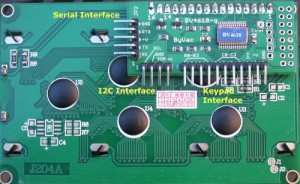On November 26, 2015, Eben Upton and his engineering team at the Raspberry Pi Foundation announced the release of another member of the Pi family – Pi Zero. As far as I know, this is the first usable computer that runs Linux and costs $5 USD. This is an amazing accomplishment.
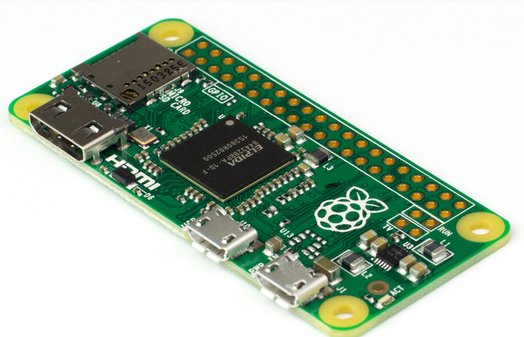 Rather than blog out all of the technical details, I suggest you download the latest issue of the MagPi. This is one of my favorite magazines, and the 40th issue is one of the best ever. It contains everything you need to know about the new Pi.
Rather than blog out all of the technical details, I suggest you download the latest issue of the MagPi. This is one of my favorite magazines, and the 40th issue is one of the best ever. It contains everything you need to know about the new Pi.
Cynics may argue that this Pi really does not qualify as a $5 computer since you need to invest in a couple of special cables to make is useful. Also, you need to solder in a pin header if you want to use the IO capabilities. So what? This is just another proof of Sopwith’s theorem – “If it works out of the box – what fun is that?”
The fact anyone can purchase a computer with this power at a $5 price point says it all. I suspect this device will be more popular with hackers and makers than with schools, but this remains to be seen.
Eben posted a video explaining the reasoning behind building a $5 computer. I am struck by his passion and dedication to the education of young people. His humbleness is striking.
Sopwith

